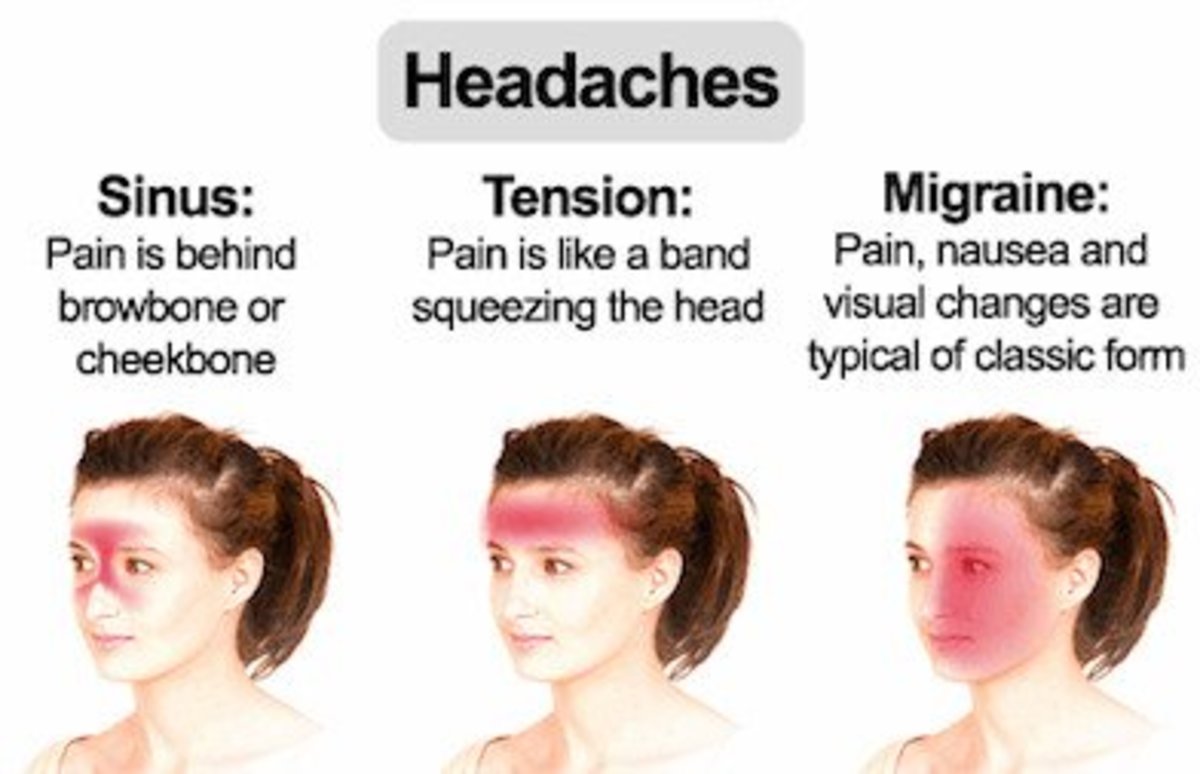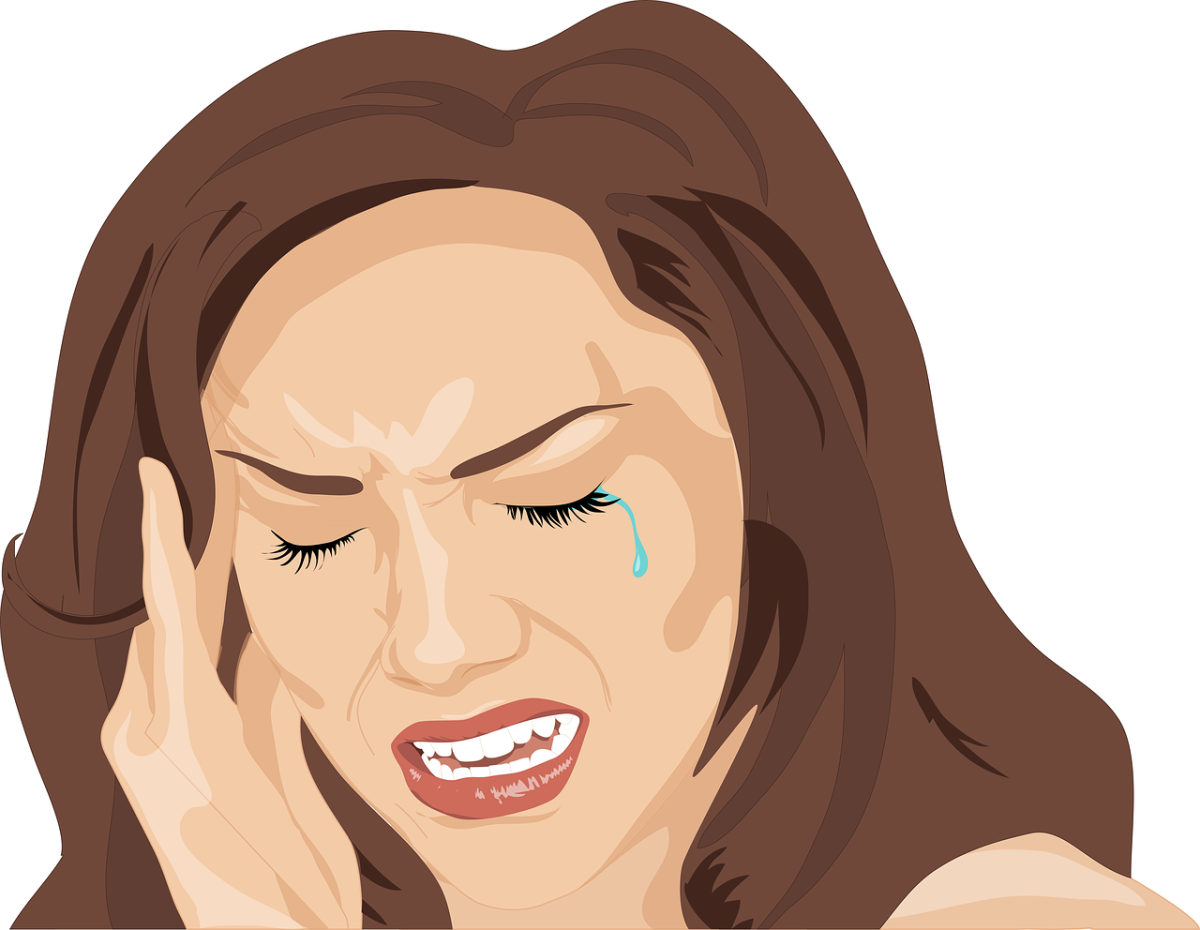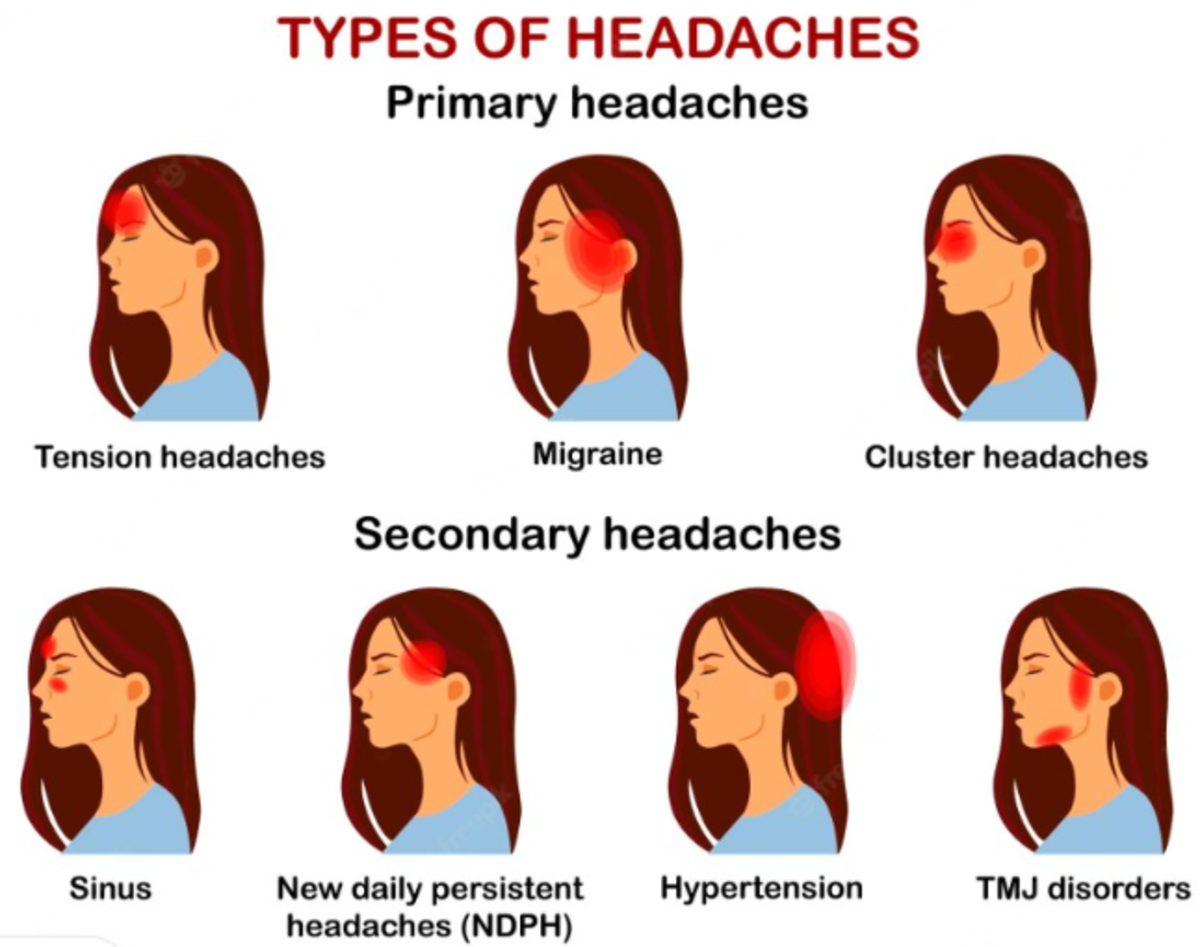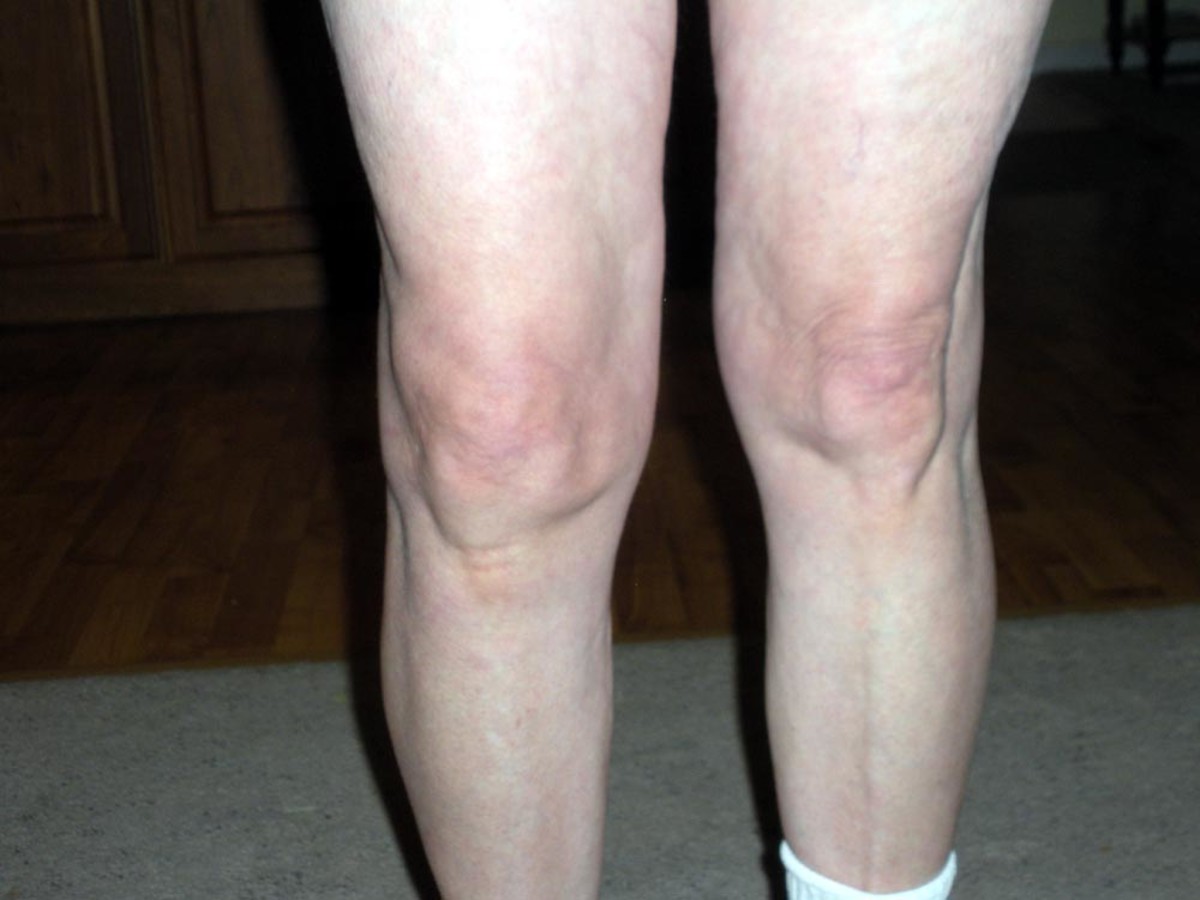Is Your Headache Dangerous?
How can we classify headaches?
A universally accepted method of classification is to divide them in to primary or secondary headaches.
Primary headaches include,
- Migraine
- Tension headache
- Cluster headaches
- Miscellaneous
Secondary headaches are due to an underlying pathology in the body. These can include,
- Headaches due to increased intracranial pressure. E.g. In brain tumors
- Due to meningitis
- Due to metabolic disorders such as carbon monoxide poisoning or carbon dioxide excess.
- Due to glaucoma(raised eye pressure), ear infections, sinus inflammation and much more.
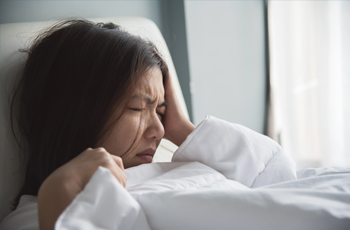
A headache can be a symptom of an underlying tumor.
Let's take a quick look at these types of headaches.
MIGRAINE
Migraines can cause great debility according their severity. These headaches usually start to appear before the age of 40. Genetic components play a part in the mechanism. Migraines can occur with or without an aura. So what exactly is an aura? It is a neurological manifestation which occurs prior to the onset of a headache. These auras can be visual (seeing zig zag lines, patchy vision or shimmering lights), sensory (tingling sensation) or rarely motor manifestations. Migraines with an aura is rarer than the type without an aura. Migraine type headaches can be accompanied by other symptoms such as vomiting, photophobia (difficulty looking at bright light) and phonophobia (difficult to tolerate loud noises).
Certain factors can trigger migraine. These can be the lack of sleep, stress, menstruation, oral contraceptive pills, skipping meals intense lighting.
Migraine pain is usually on one side of the head and there is a throbbing nature. That is, you may experience a pulsating feeling in your head. The pain can last from 4 hours to 72 hours!
Proper medication prescribed by your physician and the avoidance of triggering factors can help in the management of migraines.
TENSION HEADACHES
These headaches are relatively common. The pain may be mild or moderate in severity and usually occur on both sides of the head. The pain is mainly described as a 'tight band' sensation around the head because it feels like a band is squeezing the head. Stress can predispose to these types of headaches. The muscles around this region tense in response to stress, depression or anxiety to cause pain. Prolonged work at the computer may also cause these types if headaches. The episode can last from 30 minutes to days in certain cases.
Simple pain killers can relieve the headache. Massages and cold packs may also help alleviate the pain.
CLUSTER HEADACHES
This is a rare sever type of headache which mostly affects males aged between 20 and 40. Those affected can experience extremely severe bouts of unilateral (one sided) headaches with pain around the eye. It is also accompanied by tearing in the eyes, nasal congestion, sweating and reddening of the eyes.
These attacks only last for about 30-90 minutes and may occur several times a day. The cause for cluster headaches is unknown. Some acknowledge that there is a genetic component behind the occurrence of such attacks. The headaches are severe up to an extent where the sufferer may even contemplate suicide.
Simple pain killers cannot reduce pain in these individuals and it is important to seek proper medical assistance.
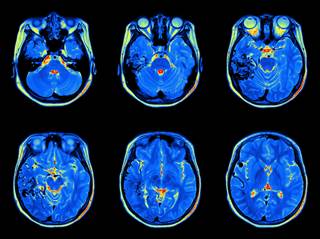
Prompt medical assistance can save lives
SECONDARY HEADACHES
As previously mentioned, these occur due to an underlying pathology in the body.
Out of many such pathologies, a brain tumor is important to detect early. An early morning headache which is made worse by coughing/sneezing and accompanied by vomiting can indicate the presence of a tumor. Visual disturbances may also occur.
It is important to seek professional medical assistance if such symptoms are experienced.
Meningitis is another important pathology which can cause secondary headaches. Meningitis is the inflammation of the covering surrounding your brain and spinal cord. It can be caused by bacteria, virus or fungi. Most common symptoms include fever, headache, confusion, stiffness of the neck, vomiting, photophobia (can't tolerate light) and phonophobia (can't tolerate loud noises).
Proper immunization can protect you from certain types of meningitis. Effective antibiotics, anti viral medication and steroid drugs will help in management. Prompt medical care must be sought.
Other causes such as glaucoma, sinusitis, dental problems and ear infections can also give rise to headaches.
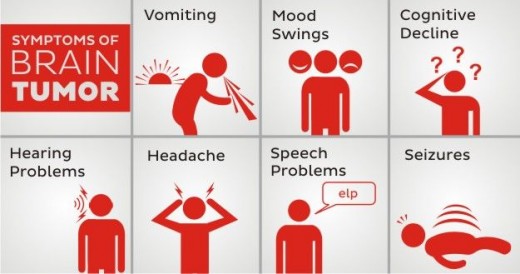
Migraine
| Tension
| Cluster
|
|---|---|---|
Pain on one side of head
| Pain on both sides of head
| Pain on one side, pain around eyes and temple area
|
Moderate to severe
| Mild to moderate
| Very severe
|
Throbbing nature
| Tightening and dull
| Searing
|
Primary headaches comparison
In conclusion....
While your headache might just be a simple manifestation of stress, it can also be due to a major underlying disease. Therefore it is important to educate yourself in order to seek proper medical care at the correct time.

